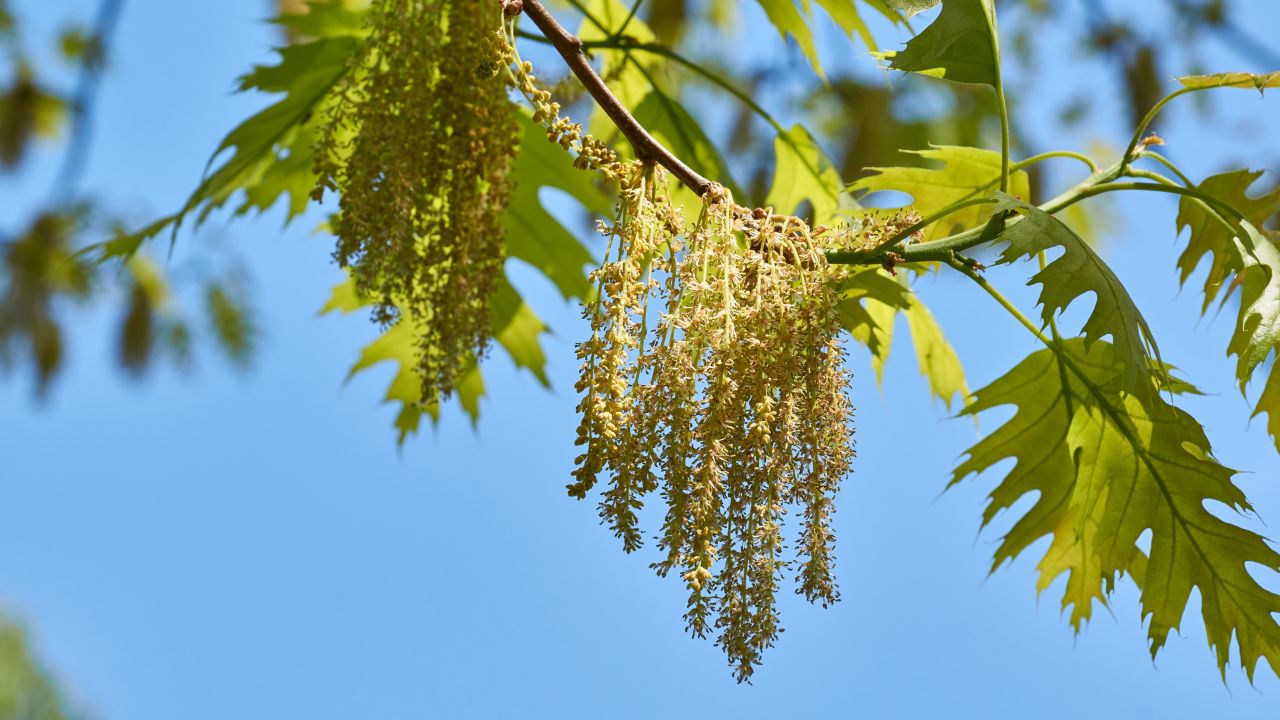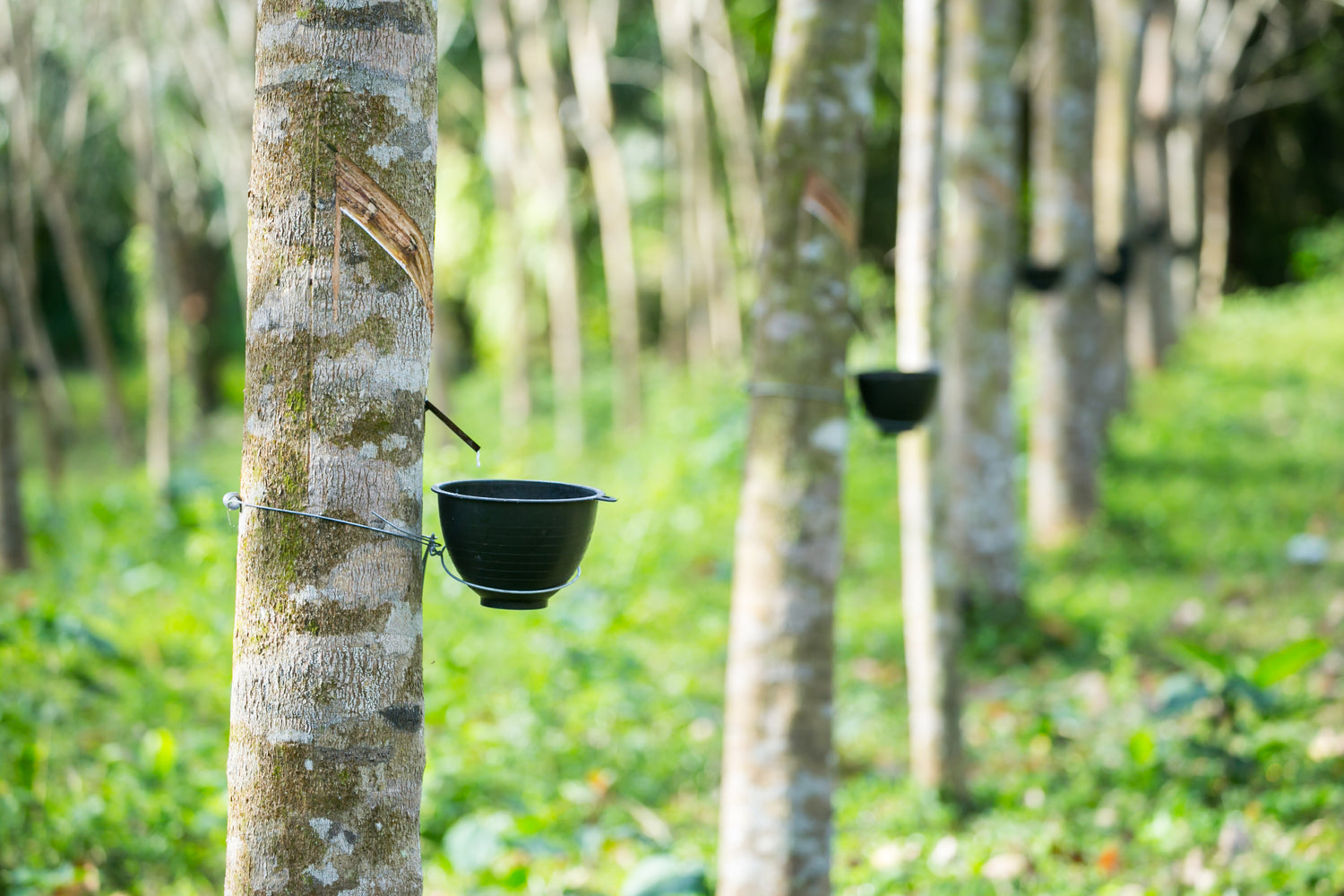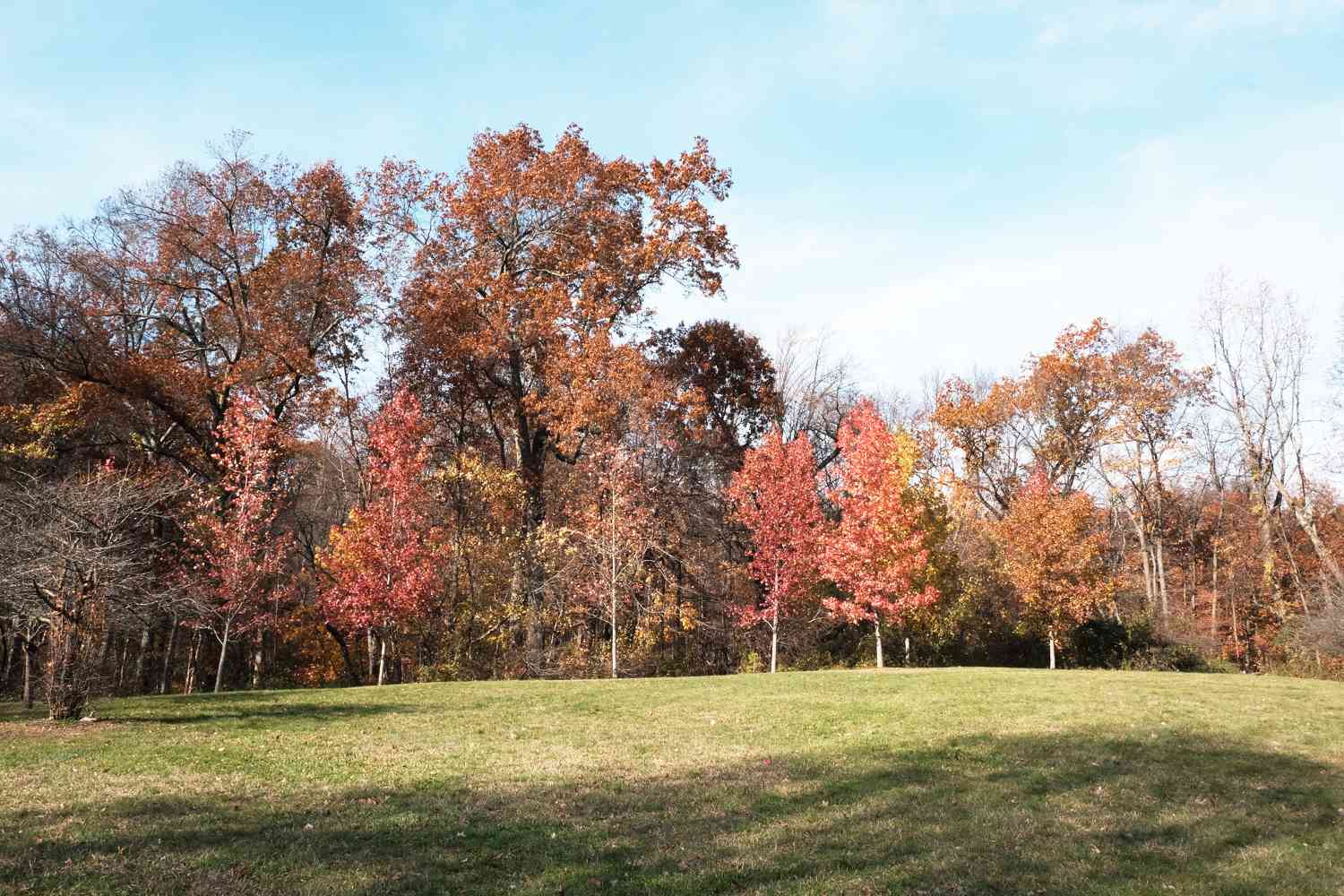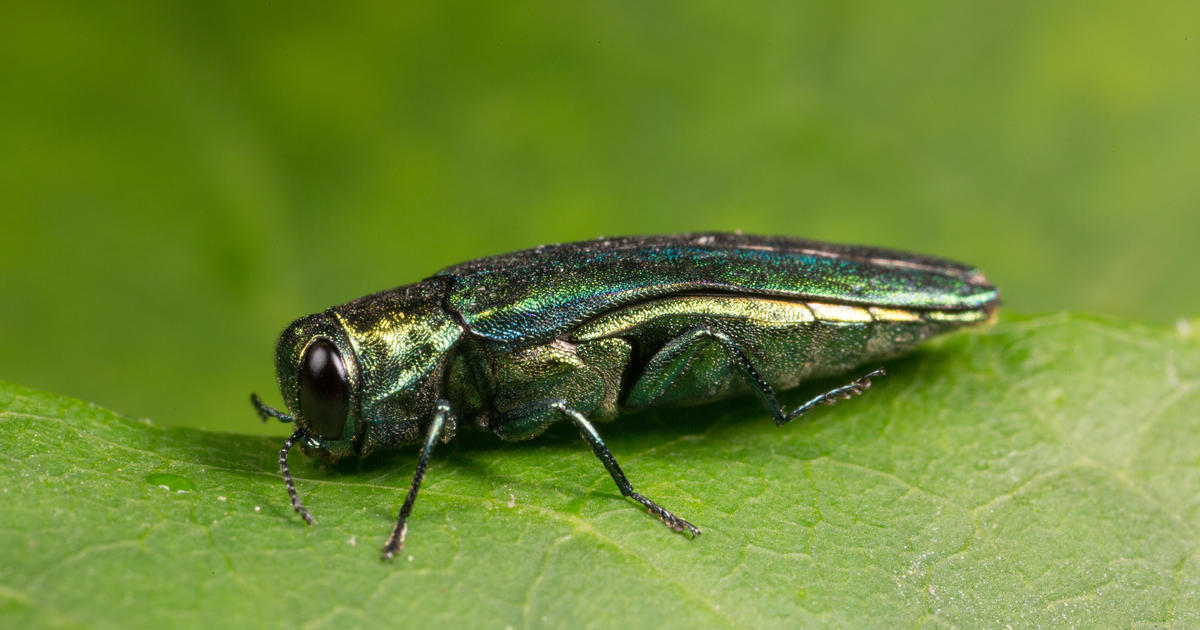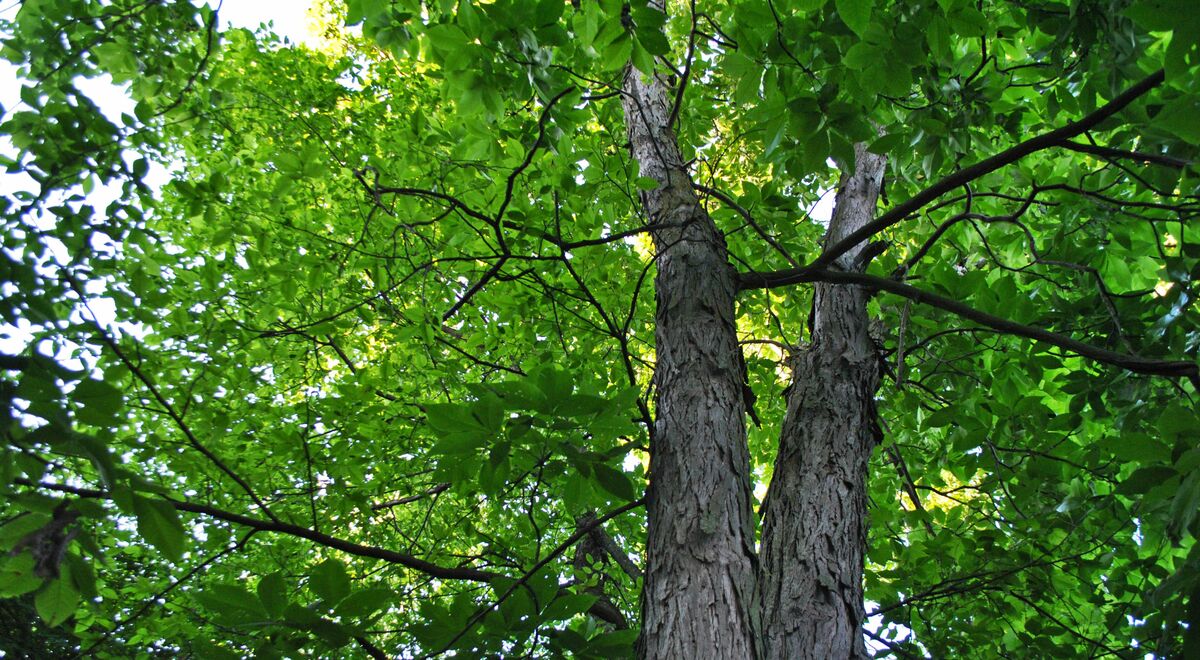Home>Types of Gardening>Ornamental Gardening>What Are Linden Trees
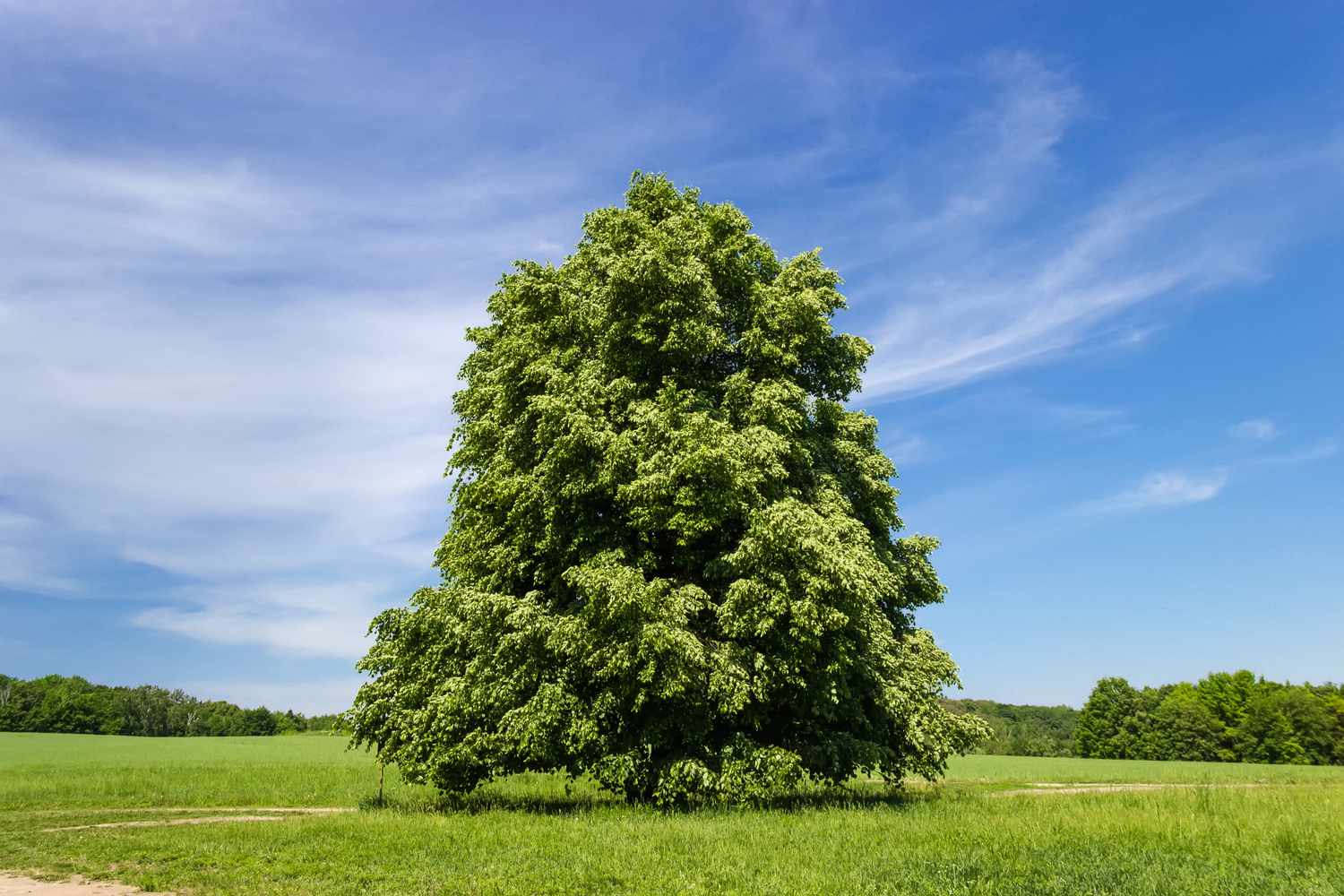

Ornamental Gardening
What Are Linden Trees
Modified: January 22, 2024
Discover the beauty and benefits of Linden trees in ornamental gardening. Learn how to cultivate these stunning trees for a vibrant and serene outdoor space.
(Many of the links in this article redirect to a specific reviewed product. Your purchase of these products through affiliate links helps to generate commission for Chicagolandgardening.com, at no extra cost. Learn more)
Table of Contents
Introduction
Linden trees, also known as lime trees or basswood trees, are ornamental trees revered for their beauty and versatility. These trees, belonging to the Tilia genus, are found in various parts of the world and have a rich history dating back centuries.
With their attractive foliage, fragrant flowers, and abundant benefits, linden trees have become a popular choice for garden enthusiasts and landscape designers. Whether you’re looking to add a touch of elegance to your garden or create a peaceful retreat, linden trees offer a delightful combination of aesthetic appeal and practicality.
In this article, we will delve into the fascinating world of linden trees, exploring their history, physical characteristics, types, benefits, symbolism, cultivation, and maintenance. By the end, you’ll have a comprehensive understanding of these remarkable trees and how to incorporate them into your ornamental garden.
So, let’s embark on a journey to discover the wonders of linden trees and unlock the secrets to creating a lush and enchanting garden.
Brief History of Linden Trees
The history of linden trees spans centuries, and their significance can be traced back to ancient civilizations. These majestic trees have had a profound impact on culture, tradition, and even medicine.
One of the oldest references to linden trees can be found in ancient Greek mythology. According to the legend, Zeus, the king of the gods, turned the nymph Philyra into a linden tree to protect her from the jealous eyes of his wife, Hera. This mythological connection emphasized the sacred nature of linden trees and their association with divine protection.
Throughout history, linden trees have been celebrated for their medicinal properties. The flowers and leaves of these trees have been used in herbal remedies for ailments such as insomnia, anxiety, and digestive disorders. In medieval times, linden tea was a popular remedy for colds and fevers, known for its soothing and relaxing effects.
Moreover, linden trees hold great cultural significance in many European countries. In Germany, the famous poet Johann Wolfgang von Goethe was known to find inspiration beneath the shade of a linden tree. The linden became a symbol of love and dedication in German literature and folklore.
Similarly, linden trees are highly regarded in Eastern European countries such as Lithuania and Latvia. In these cultures, linden trees are considered sacred and are often found near places of worship, serving as gathering spots for ceremonies, celebrations, and social gatherings.
Overall, the rich history of linden trees highlights their enduring presence in human civilization. From their mythical origins to their practical usage in traditional medicine and their cultural importance, linden trees have left an indelible mark on our collective consciousness.
As we move forward, let’s explore the physical characteristics of these magnificent trees and learn more about their diverse types and varieties.
Physical Characteristics of Linden Trees
Linden trees possess distinct physical features that contribute to their beauty and appeal. Understanding these characteristics can help you identify and appreciate these graceful trees in your ornamental garden.
One notable feature of linden trees is their size. Depending on the species, linden trees can grow to towering heights, reaching up to 80 feet tall. Their wide, spreading canopies provide ample shade and create a peaceful environment beneath them.
The leaves of linden trees are heart-shaped, measuring about 2 to 6 inches in length. They have serrated edges and a shiny, dark green color, making them visually striking. During autumn, the leaves often turn vibrant shades of yellow, adding a splash of color to the landscape.
In late spring to early summer, linden trees produce clusters of small, fragrant flowers. These blossoms are usually yellowish-white or creamy white in color. Not only do they emit a pleasant aroma, but they also attract pollinators such as bees and butterflies, making linden trees an excellent addition to any pollinator-friendly garden.
Another characteristic of linden trees is their smooth, grayish-brown bark. As these trees age, the bark develops shallow grooves and ridges, adding texture and visual interest. In winter, the bare branches of linden trees provide an elegant silhouette against the sky.
Additionally, linden trees exhibit a unique trait known as bract fusion. Bracts are specialized leaf-like structures located beneath the flowers. In linden trees, these bracts fuse together, creating a distinctive cup-like structure that encases the flowers. This unique feature is a key identifier of linden trees.
Overall, the physical characteristics of linden trees, including their towering presence, heart-shaped leaves, fragrant blossoms, textured bark, and bract fusion, contribute to their visual appeal and make them a captivating addition to any ornamental garden.
Now that we have explored the physical attributes of linden trees, let’s delve into the different types and varieties that you can consider for your garden.
Types of Linden Trees
Linden trees belong to the Tilia genus, which comprises numerous species and varieties. Each type of linden tree offers its own unique characteristics, making it essential to choose the right one to suit your garden’s requirements and aesthetic preferences.
Here are some of the most popular types of linden trees:
-
American Linden (Tilia americana):
The American linden, also known as the basswood tree, is a native species found in North America. It is known for its large heart-shaped leaves and fragrant yellow flowers that attract pollinators. American linden trees thrive in moist, well-drained soil and can tolerate both full sun and partial shade.
-
European Linden (Tilia europaea):
The European linden is a common variety found throughout Europe. It features heart-shaped leaves and clusters of fragrant yellow flowers. European linden trees prefer rich, well-drained soil and can tolerate partial shade. They are often used in urban landscapes due to their ability to withstand pollution.
-
Littleleaf Linden (Tilia cordata):
As the name suggests, the littleleaf linden has smaller leaves compared to other linden tree species. It produces clusters of fragrant yellow flowers and has a compact, rounded shape. Littleleaf linden trees thrive in well-drained soil and can tolerate both full sun and partial shade.
-
Silver Linden (Tilia tomentosa):
The silver linden is named for the silvery-white undersides of its leaves. It has heart-shaped leaves similar to other linden tree species and boasts clusters of fragrant yellow flowers. Silver linden trees prefer moist, well-drained soil and can tolerate partial shade.
-
Japanese Linden (Tilia japonica):
The Japanese linden is native to Japan and features glossy, dark green leaves. It produces fragrant flowers and has a graceful, pyramidal-shaped crown. Japanese linden trees prefer rich, well-drained soil and can tolerate partial shade.
These are just a few examples of the wide variety of linden trees available. Each type offers its own unique combination of characteristics, allowing you to select the perfect linden tree that suits your climate, landscape, and personal preferences.
Now that we’ve explored the different types of linden trees, let’s uncover the numerous benefits and uses of these remarkable trees.
Benefits and Uses of Linden Trees
Linden trees offer a multitude of benefits and have a wide range of uses, making them a valuable addition to any ornamental garden or landscape. From their aesthetic appeal to their practical applications, linden trees provide numerous advantages.
Here are some of the key benefits and uses of linden trees:
-
Ornamental Value:
Linden trees are prized for their elegant appearance and can serve as a focal point in any landscape design. With their tall stature, heart-shaped leaves, and fragrant flowers, they add beauty and charm to gardens, parks, and streetscapes.
-
Shade and Cooling:
The broad, spreading canopies of linden trees provide excellent shade, making them ideal for creating cool and comfortable outdoor spaces. When strategically planted around a house or patio, they can help reduce the need for air conditioning during hot summer months.
-
Wildlife Habitat:
Linden trees attract a variety of beneficial insects, including bees and butterflies, with their fragrant flowers. These pollinators play a crucial role in the ecosystem by aiding in the reproduction of plants. The presence of linden trees can contribute to biodiversity and provide a habitat for wildlife.
-
Medicinal Properties:
The flowers, leaves, and bark of linden trees have long been used in traditional medicine. Linden tea, made from the dried flowers, is known for its calming effects and is often used to alleviate anxiety and promote relaxation. It is also believed to have anti-inflammatory and diuretic properties.
-
Cultural Significance:
Linden trees hold cultural significance in many societies. They are often associated with love, friendship, and fidelity, making them a popular choice for wedding venues and romantic settings. In some cultures, linden trees are considered sacred and are associated with spiritual practices and ceremonies.
-
Woodworking and Crafts:
The wood of linden trees is lightweight, easy to work with, and has a fine grain. It is commonly used in woodworking, carving, and crafting. The soft nature of the wood makes it suitable for creating intricate designs and sculptures.
These are just a few examples of the many benefits and uses of linden trees. Whether you are drawn to their visual appeal, their ecological contributions, or their practical applications, linden trees offer a wide array of advantages that make them an excellent choice for any ornamental garden or landscape.
Now, let’s explore the symbolism and cultural significance of linden trees, further illuminating their timeless allure.
Symbolism and Cultural Significance of Linden Trees
Linden trees have deep-rooted symbolism and cultural significance in many societies around the world. From ancient mythology to modern traditions, these trees have held a special place in the hearts and minds of people for centuries.
In European folklore and mythology, linden trees are often associated with love, friendship, and loyalty. They have been regarded as symbols of affection, unity, and endurance. In many Germanic cultures, linden trees were planted near homes as a symbol of domestic harmony and protection against evil spirits.
In Slavic cultures, linden trees are considered sacred. They were often planted near churches and community gathering places, serving as a focal point for religious ceremonies, festivities, and social gatherings. The leaves, flowers, and wood of the linden tree are believed to possess spiritual qualities and were used in various rituals and traditions.
Furthermore, linden trees have been celebrated in literature, poetry, and art. The German poet Johann Wolfgang von Goethe famously sought inspiration beneath the shade of a linden tree. In his works, linden trees symbolized love and devotion, capturing the essence of human emotions and the beauty of nature.
In addition to their symbolic importance, linden trees have practical uses in various industries. The wood of linden trees is soft and easy to work with, making it a preferred choice for carving and woodworking. The bark has been used for making traditional baskets and crafts.
Moreover, linden trees hold a special place in medical traditions. The flowers and leaves are used to make herbal teas and infusions, known for their calming properties and potential health benefits. These remedies have been employed for centuries to promote relaxation and alleviate various ailments.
Overall, linden trees have played an integral role in cultural and spiritual traditions throughout history. From their symbolism of love and unity to their practical applications in crafts and medicine, these trees continue to inspire and captivate people around the globe.
Now, let’s move on to the practical aspects of growing and caring for linden trees, ensuring they thrive in your ornamental garden.
How to Grow and Care for Linden Trees
Growing and caring for linden trees requires attention to specific considerations to ensure their health and vitality. By following these guidelines, you can create an optimal environment for your linden trees to thrive in your ornamental garden.
1. Site Selection: Choose a location that provides full sun to partial shade for your linden tree. They prefer well-drained soil that is rich in organic matter. Avoid areas with excessive moisture or poor drainage.
2. Planting: Dig a hole that is wide and deep enough to comfortably accommodate the root ball of your linden tree. Place the tree in the hole, ensuring that the top of the root ball is level with or slightly above the ground. Backfill the hole with soil, gently firming it around the roots.
3. Watering: Newly planted linden trees require regular watering to establish strong root systems. Water deeply and consistently, ensuring the soil remains moist but not waterlogged. Once established, linden trees can tolerate some drought but will benefit from occasional deep watering during extended dry periods.
4. Mulching: Apply a layer of organic mulch around the base of the tree, taking care to keep it a few inches away from the trunk. Mulch helps retain moisture, control weed growth, and regulate soil temperature. Avoid piling the mulch against the trunk, as it can lead to moisture-related issues.
5. Pruning: Prune your linden tree in late winter or early spring when it is dormant. Remove dead, damaged, or crossing branches to maintain a healthy structure and promote air circulation. It is generally advised to avoid excessive pruning, as linden trees have a naturally attractive shape.
6. Fertilizing: Linden trees generally do not require frequent fertilization, especially if planted in nutrient-rich soil. However, if your soil is lacking in nutrients, you can apply a balanced, slow-release fertilizer in early spring. Follow the manufacturer’s instructions for proper dosage and application.
7. Pest and Disease Control: Monitor your linden tree for common pests such as aphids, spider mites, and caterpillars. Regularly inspect the leaves for signs of infestation, and use natural or organic methods to control populations if necessary. Diseases such as powdery mildew and leaf spot can occur, but maintaining good air circulation and avoiding overhead irrigation can help prevent these issues.
By following these guidelines, you can ensure the successful growth and care of your linden trees, creating a stunning and healthy addition to your ornamental garden.
Next, let’s explore some of the common pests and diseases that can affect linden trees and how to manage them effectively.
Common Pests and Diseases Affecting Linden Trees
Like any other plant, linden trees are susceptible to certain pests and diseases that can impact their health and appearance. By being aware of these common issues, you can take proactive measures to manage and mitigate any potential threats to your linden trees.
Pests:
Aphids: These small, sap-sucking insects are a common pest that can infest linden trees. They cluster on the undersides of leaves and secrete a sticky substance called honeydew, which can attract ants and lead to the growth of sooty mold. You can control aphids by using insecticidal soaps or horticultural oils, or by introducing natural predators like ladybugs.
Spider Mites: Spider mites are tiny pests that feed on the sap of linden trees, causing discoloration and damage to the foliage. They are often found on the undersides of leaves and create fine webbing. Regularly spraying the leaves with water can help reduce their population, and introducing predatory mites can provide natural control.
Caterpillars: Certain caterpillars, such as the linden looper, can feed on the leaves of linden trees, defoliating them and affecting their overall health. Handpicking the caterpillars or using biological control methods can help keep their populations in check.
Diseases:
Powdery Mildew: Powdery mildew is a fungal disease that can impact linden trees. It appears as a white or gray powdery growth on the leaves, inhibiting photosynthesis and causing leaf distortion. Improving air circulation, applying fungicidal sprays, and ensuring proper watering practices can help prevent and manage powdery mildew.
Leaf Spot: Leaf spot diseases, caused by various fungal pathogens, can cause dark spots or lesions on the leaves of linden trees. Good sanitation practices, such as removing and disposing of infected leaves, and applying fungicides as necessary, can help control leaf spot diseases.
Verticillium Wilt: This fungal disease affects the vascular system of linden trees, leading to wilting, yellowing, and ultimately death of branches or the entire tree. There is no cure for Verticillium wilt, and infected trees should be removed to prevent further spread to nearby healthy trees.
Regular inspection of your linden trees and prompt action at the first sign of pests or diseases is crucial for their overall health and longevity. Maintaining good cultural practices, such as proper watering, pruning, and fertilization, can also strengthen the trees’ ability to resist pests and diseases.
Now that we’ve discussed the common pests and diseases that can affect linden trees, you have the knowledge to protect and preserve the health of your ornamental trees.
Lastly, let’s conclude our exploration of linden trees with a recap of their remarkable qualities and the beauty they can bring to your garden.
Conclusion
Linden trees, with their rich history, captivating physical characteristics, and numerous benefits, are truly remarkable additions to any ornamental garden. From their symbolic significance to their practical uses, linden trees have a timeless allure that continues to captivate people across cultures and generations.
Whether you choose the American linden, European linden, littleleaf linden, silver linden, or any other variety, these trees can bring beauty, shade, and a touch of elegance to your garden. Their heart-shaped leaves, fragrant flowers, and textured bark create a visually appealing landscape that invites tranquility and serenity.
Beyond their aesthetic appeal, linden trees provide practical benefits as well. They offer shade, cooling, and a habitat for pollinators, contributing to a healthier environment. The medicinal properties of linden flowers and leaves have been valued for centuries, offering potential relief for various ailments.
Culturally, linden trees hold special significance. From ancient mythology to modern folklore, they symbolize love, loyalty, and unity. Their presence in literature and art reflects their enduring beauty and the inspiration they evoke.
When it comes to growing and caring for linden trees, selecting an appropriate site, proper planting techniques, adequate watering and mulching, regular pruning, and monitoring for pests and diseases are essential. By following these guidelines, you can ensure the health and vitality of your linden trees, allowing them to thrive in your garden for years to come.
In conclusion, linden trees exemplify the harmonious blend of natural beauty, cultural symbolism, and practical uses. With their grace, elegance, and multitude of benefits, these trees offer an enchanting addition to any ornamental garden, creating a tranquil and inspiring outdoor space for all to enjoy.

